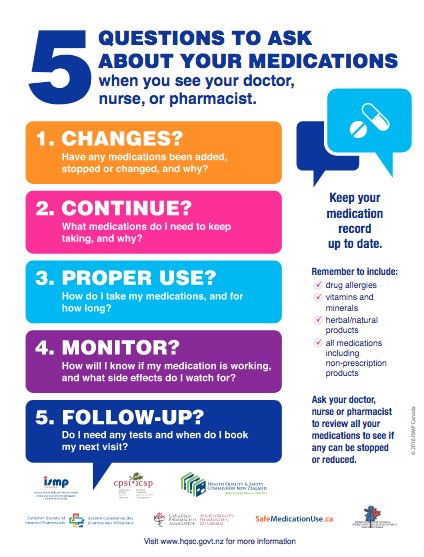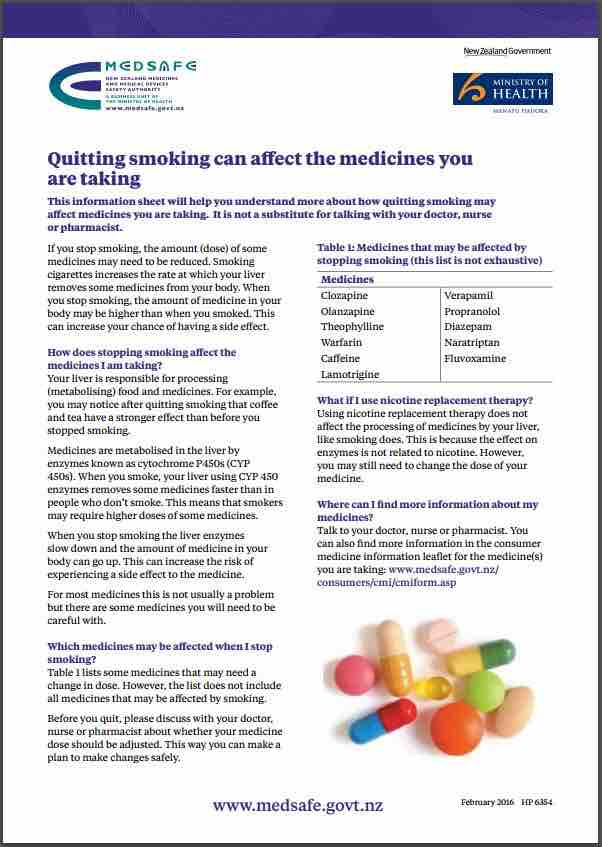- Nicotine replacement therapy (NRT) is a medicine that provides you with a low level of nicotine, without the tar, carbon monoxide and other poisonous chemicals present in tobacco smoke.
- NRT helps you to give up smoking by relieving the urge to smoke (cravings).
- Find out how to use NRT safely and possible side effects.
Low or no data? Visit zero.govt.nz, scroll down the page then click on our logo to return to our site and browse for free.
Nicotine replacement therapy
Also known as NRT
Key points about nicotine replacement therapy

- Nicotine replacement therapy (NRT) is a medicine that provides you with a low level of nicotine, without the tar, carbon monoxide and other poisonous chemicals present in tobacco smoke.
- NRT helps you to give up smoking by relieving the urge to smoke (cravings).
- When you give up smoking, your body will miss the effects of nicotine and you may have symptoms including irritability, frustration or anger, restlessness, sleeplessness, difficulty concentrating, depression, increased hunger or weight gain, and craving for cigarettes.
- NRT helps you to manage some of the withdrawal effects by providing your body with nicotine.
Video: Nicotine replacement therapy – an overview
(Te Whatu Ora | Health Promotion, NZ, 2024)
te reo Māori version(external link)
This video is also available with transcripts in Samoan and Tongan.
- NRT can be used in place of cigarettes after going ‘cold turkey’ (giving up instantly) or it can be used to help you cut down on the number of cigarettes you are smoking and eventually quit.
- NRT can double your chances of quitting.
- NRT reduces the weight gain you may experience after stopping smoking
- It is the safest option for pregnant women who need an extra aid to help quit smoking. Read more about stopping smoking in pregnancy and the section below is NRT safe to use if I am pregnant or breastfeeding?
NRT comes in different forms. The skin patch releases nicotine slowly over 16 or 24 hours depending on the brand. Other products (chewing gum, lozenges, inhalator and mouth spray) act quickly and are better for helping with cravings.
When deciding which NRT, or combinations of NRT, to use there are some things to consider and discuss with your doctor, nurse or pharmacist.
- Think about the number of cigarettes you smoke a day, whether you smoke within the first hour of waking, and which option you prefer.
- There's no evidence that any single type of NRT is more effective than another. However, there is good evidence to show that using 2 different NRT products (for example patches and gum) is more effective than using just 1.
- Often the best way to use NRT is to combine a patch with a faster acting form (eg, gum or inhalator) to help manage your cravings.
There’s lots of support available to people who want to stop smoking. You can get NRT through stop smoking service providers, Quitline, and your pharmacy.
Stop smoking service providers
There are stop smoking service providers located throughout New Zealand, and they can help you on your quit journey. Your local service will be able to work with you to create your quit plan, with free and flexible support and free NRT. Read more about local help to stop smoking.(external link)
Quitline
Quitline is open 24/7 and can help you quit in a number of different ways. You can ring, text, email or do it all online.
- Call Quitline free on 0800 778 778 or text 4006. Quit Advisors work with people to make a plan. People who use Quitline's services and support are more likely to successfully quit than those who try to quit alone.
- At Quitline's website (external link)you can register for free help, plus see how much money you're saving by quitting - there's a 'Quit Stats' tool. There’s also really good info about vaping to quit.
- Join Quitline's blog community(external link) for 24 hour support from people who are going through just the same trials.
- Quitline has a Facebook page(external link).
- Register by phone, text or online and get sent texts to help motivate you as you quit.
- 24/7 personal support for both phone and text services.
- Nicotine patches, gum and lozenges can double your chances of successfully quitting. They are $5 each when you order them from Quitline by phone, text or online. The team can also give advice on other stop smoking medication options.
Whakarongorau Aotearoa(external link) runs Quitline and a range of national telehealth health and mental health and addictions services.
Community pharmacists
Some community pharmacists can provide funded nicotine replacement therapy (nicotine gum, patches or lozenges) without a prescription. There will be a $5 co-payment for 4 weeks supply, with an optional free repeat. Some pharmacists or pharmacies also offer behaviour support services as well, others will refer you to the local stop smoking service or Quitline.
- NRT is usually used for 8–12 weeks but can be taken for a longer time if needed. During this time, your NRT dose should be reduced with the aim of eventually stopping it.
- Some people stop using NRT too soon and can go back to smoking.
- Make sure you have enough NRT on hand so you can manage your urge to smoke.
Watch this video on how to combine different types of NRT.
Video: Combining products
(StartRightNRT, NZ, 2013)
Click on the linked text below to learn more about how to use the different types of NRT.
- Chewing gum
- Lozenges
- Patch that you apply on the skin (transdermal patch)
- Inhalator
- Mouth spray
If you have a puff or a cigarette during a quit attempt, it doesn't mean you should stop trying to quit. It might be a sign that you aren’t using enough NRT. For example, you might need to increase how often you're using the faster acting types of NRT. It’s best to talk to your doctor, pharmacist or quit smoke support to help you work out what dose and frequency of NRT you should be using to prevent slip-ups.
It's very unlikely that NRT will affect or interact with your usual medicines. Often interactions with medicines are caused by components of tobacco smoke itself, rather than nicotine. If you're concerned about interactions with your medicines, talk to your pharmacist.
The amount of nicotine in NRT is less than in a cigarette and it takes longer for the nicotine in NRT to get to the brain. Both of these factors mean it's unlikely you will become addicted to NRT. Some people stay on NRT for a longer period if recommended by their healthcare provider because of their strong dependence on nicotine. However, this is still safer than continuing to smoke.
Most NRT products (Habitrol patches, gum and lozenges) are available free, or at a subsidised cost where a 4-week supply of 1 of these products costs about $5 with the option of a free repeat. Contact 1 of the services above for more information about cost.
Note: the mouth spray and inhalator are not subsidised and can be purchased over the counter from supermarkets or pharmacies at the normal retail price.
If you're pregnant or breastfeeding, NRT is much safer than smoking. It is best to stick to the fast acting types which include chewing gum, lozenges, inhalator and mouth spray.
If you're pregnant
- When using NRT, you and your baby are still exposed to nicotine. However, the nicotine is delivered at lower levels than smoking and without all the other harmful chemicals contained in cigarette smoke.
- If you have pregnancy-related nausea and vomiting, patches may be a better solution.
- The skin patch should be removed before going to bed.
Video: Pregnancy
(StartRightNRT, NZ, 2013)
If you're breastfeeding
- Nicotine does pass into your breastmilk but the amount that gets to the baby is very small and is much less than if you were smoking.
- If you use faster-acting NRT, try to breastfeed your baby first, then use your faster-acting NRT soon after.
Like all medicines, NRT can cause side effects, although not everyone gets them. Serious side effects are very rare.
Side effects may be similar to smoking withdrawal symptoms and should disappear within 4 weeks as your body gets used to the new medicine.
For side effects of specific types of NRT, see the individual pages: chewing gum, lozenges, skin patch, inhalator and mouth spray.
Nicotine replacement therapy(external link) NZ Formulary Patient Information
Quitline NZ(external link) for more information on quitting smoking
Brochures
Medsafe factsheet on quitting smoking can affect medicines(external link)(external link) Medsafe, NZ
5 questions to ask about your medications(external link) Health Quality and Safety Commission, NZ English(external link), te reo Māori(external link)
Apps/tools
Cigarette cost calculator(external link)
Lung health checklist - multiple languages(external link)
References
- Nicotine(external link) NZ Formulary, 2022
- The New Zealand guidelines for helping people to stop smoking update(external link) Ministry of Health, NZ, 2021
- Getting the most out of nicotine replacement therapy(external link) BPAC, NZ, 2009
- Facts about nicotine replacement therapy (NRT)(external link) Be Smoke Free, Australia
Brochures

Health Quality and Safety Commission, NZ, 2019
English(external link)Te reo Māori(external link)
Credits: Healthify He Puna Waiora Pharmacists. Healthify is brought to you by Health Navigator Charitable Trust.
Reviewed by: Sandra Ponen, BPharm, MPH, Auckland
Last reviewed:
Page last updated:






